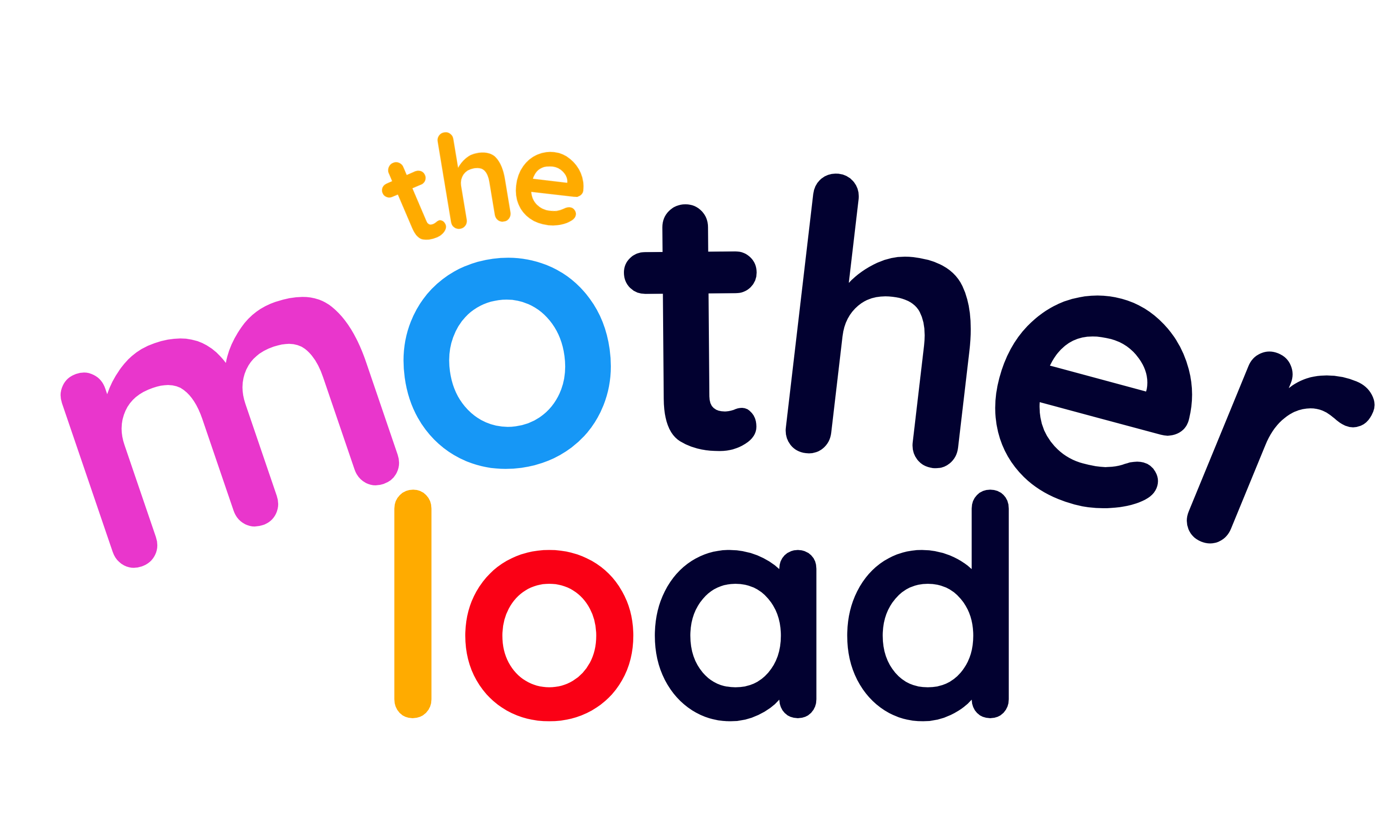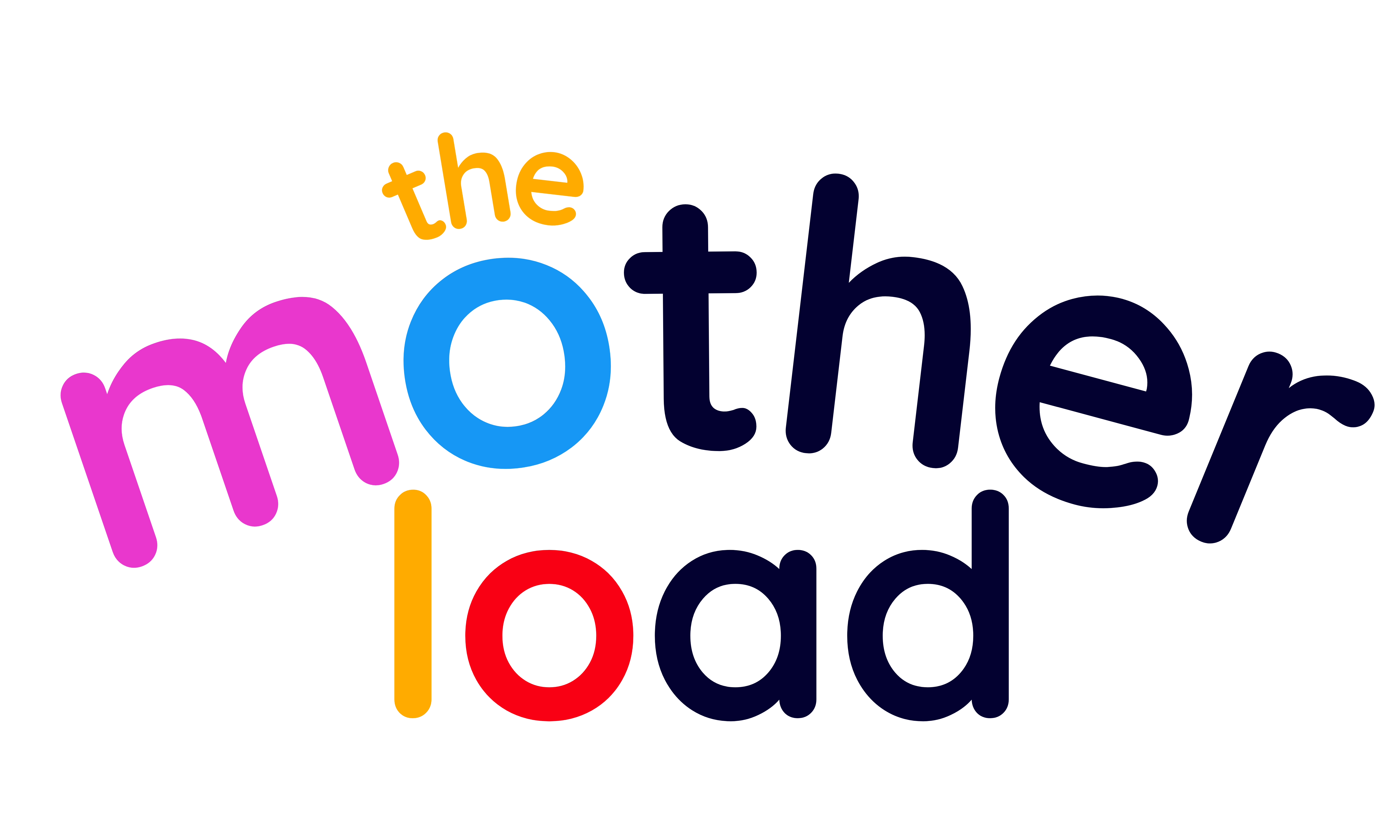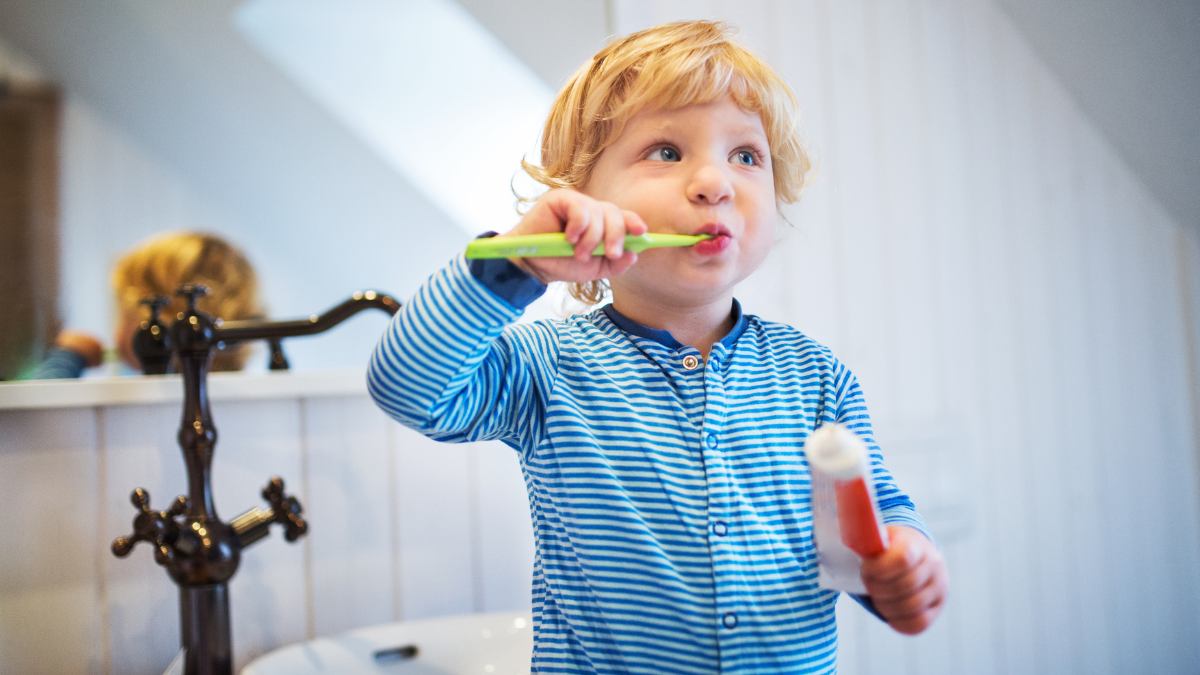As a mum, we know that we need to look after our kid’s oral health but when you are faced with a bucking bronco every evening, it’s tempting to let the tooth-brushing slide. Teaching your toddler to brush their teeth is an essential part of their overall well-being though and it’s one area not to let slide, even if you rely on bribes to get it done. Toothbrushing helps to prevent cavities, tooth decay, and gum disease, and sets the foundation for a lifetime of good oral health. But how do you deal with a tooth-brushing refusnik?!
Why are milk teeth important?
Milk teeth, also known as baby teeth or primary teeth, play a crucial role in a child’s overall health and development. They help with proper nutrition by allowing children to chew and eat solid foods, and aid in speech development, as children need their teeth to form certain sounds correctly. Additionally, milk teeth act as placeholders for permanent teeth, helping to guide them into their proper positions. If a milk tooth is lost too early due to decay or injury, it can lead to permanent teeth coming in crooked or crowded.
Here’s our top tips for teaching your toddler to brush their teeth
Start early
It’s never too early to start teaching your child good oral hygiene habits. You can start wiping your baby’s gums with a damp cloth before their teeth come in. Once their teeth start to emerge, you can switch to a soft-bristled toothbrush and water.
Use the right toothpaste
When your child is old enough to start using toothpaste, make sure you use the right one – there’s a plethora on the market and it can be confusing. Look for toothpaste specifically designed for young children, with a low fluoride content. Too much fluoride can be harmful to young children, so be sure to use toothpaste in the right amount (about the size of a grain of rice for toddlers aged 0-3, and a pea-sized amount for children aged 3-6).
Show them how to do it
We know young children learn best by watching and imitating, so try demonstrating proper brushing with your child, by using gentle circular motions and brushing for at least two minutes. You can also show them how to spit out the toothpaste and rinse their mouth with water.
Make it fun
It’s not exactly fun and games time, but toothbrushing doesn’t have to be a chore bore. Try making it a fun activity by singing a song or playing a game, or you could also let your child pick out their own toothbrush with their favourite character on it. There’s some great timers on the market too, or you could even use an app on your phone to help jazz up the moment.
Be consistent
Routine is so important for kids – they feel secure and happy when they know what to expect. So make toothbrushing part of your child’s daily routine, especially in the morning and before bed. Being consistent helps develop good oral hygiene habits and get the idea of daily brushing firmly into their little heads.
If your child refuses to brush their teeth, here’s what to do:
Okay look, even with the best will and routines in the world, some kids just might downright refuse – or they may be resistant to toothbrushing, and it can be a frustrating experience for parents. Here are some tips to help your child overcome their resistance (and if your child is neurodivergent, we’ve added tips to specifically help you too:)
- Make it a game
Try turning toothbrushing into a game. You could pretend to be a dentist, or play “Simon Says” with toothbrushing actions. Anything that makes brushing teeth feel like a fun activity rather than a chore can be effective.
- Use positive reinforcement
Instead of punishing your child for not brushing their teeth, use positive reinforcement. Praise them for any effort they make towards brushing their teeth, even if it’s just letting you put toothpaste on their brush. Be patient and encouraging, and try not to make toothbrushing a battle.
- Let them brush their own teeth
Sometimes, toddlers refuse to brush their teeth because they want to assert their independence. Letting them brush their own teeth can help them feel in control of the situation. You can start by letting them brush their teeth for a short period of time
while you supervise, gradually increasing the amount of time they brush as they become more confident.
- Try different toothbrushes
Your child may be resistant to toothbrushing because they don’t like the feel of their toothbrush. Try switching to a different type of toothbrush, such as a manual one with soft bristles or an electric toothbrush. You can also experiment with different flavours of toothpaste to see if there’s one your child prefers.
- Lead by example
Children often imitate their parents’ behaviour. Make sure you’re setting a good example by brushing your own teeth regularly and making it a priority in your own routine. You can also brush your teeth together with your child, making it a bonding experience.
My child is neurodivergent, so what can I do to help them?
If you have a child with neurodivergent conditions such as autism spectrum disorder, ADHD, or sensory processing disorder, toothbrushing can be particularly tricky due to sensory sensitivities or challenges with routine and transitions. Here are some additional tips to help make toothbrushing easier for neurodivergent kids:
- Create a predictable routine
Neurodivergent kids often benefit from a predictable routine, so our top tip is to try to establish a consistent toothbrushing routine that they can anticipate and prepare for. You could also try using a visual schedule, or a social story to help them understand what to expect and when.
- Use a toothbrush with a comfortable grip
For children who struggle with fine motor skills or grip strength, a toothbrush with a comfortable handle can make a huge difference. Look for toothbrushes with wider handles or textured grips that are easier to hold onto – they are common in supermarkets these days.
- Experiment with different toothpaste flavours and textures
Children with sensory sensitivities may find the taste or texture of toothpaste unpleasant, and for some it can make them gag with revulsion. Familiar? Try different flavours and textures of toothpaste to find one that your child is comfortable with – it’s a bit of trial and error so offer the toothpaste gently and take time to look at the smell, texture before tasting. You could also try using a toothpaste that’s specifically designed for children with sensory issues, such as those with no flavour or colour – there’s some great options here from OraNurse.
- Use a vibrating toothbrush
Some kids with sensory sensitivities may find the sensation of a vibrating toothbrush more tolerable than a traditional toothbrush, so it’s worth considering a vibrating toothbrush to see if it helps your child feel more comfortable during toothbrushing.
- Provide sensory input before toothbrushing
If your child is particularly sensitive to touch, try providing some sensory input before toothbrushing to help desensitise their mouth. This could include chewing on a crunchy snack, using a vibrating oral massager, or playing with a sensory toy – this can really help reduce the sensory overload during brushing.
- Use positive reinforcement
As we suggested above, praise and praise again! Positive reinforcement can be help so much to motivate neurodivergent kids to brush their teeth. Consider using a reward system or providing verbal praise and encouragement to reinforce toothbrushing as a positive behaviour.
Remember, every child is unique and may require a different approach when it comes to toothbrushing. Be patient, flexible, and willing to try different strategies until you find what works best for your child. And remember, if you are struggling to get your child to brush their teeth your dentist or dental hygienist is always there for additional support and guidance. Good luck!



No comments yet. Be the first one to leave a thought.